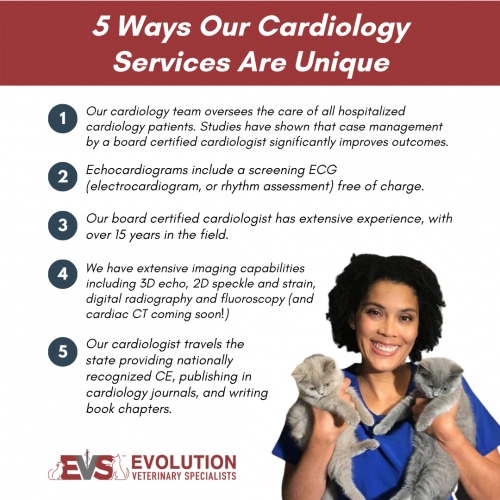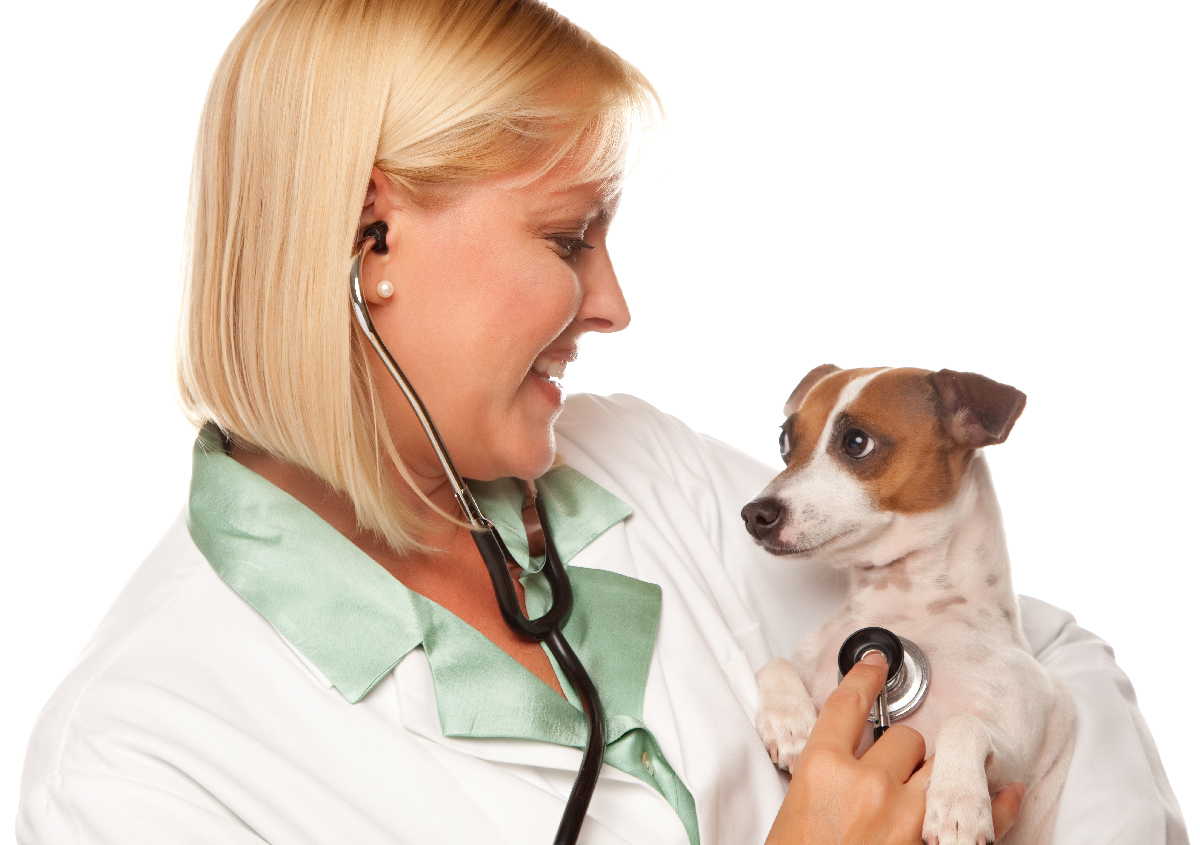What You Required to Know Regarding Veterinary Solutions: A Review of Diagnostic Tools and Procedures
Vet services play a vital function in keeping the health and wellness of pets. Routine examinations can disclose surprise health and wellness concerns at an early stage. Numerous analysis tools and treatments, such as blood tests and imaging strategies, offer essential understandings right into an animal's wellness. Understanding these techniques is vital for animal proprietors. What specific diagnostic treatments are most typically made use of, and how can they influence a pet's therapy strategy?
Value of Normal Veterinary Check-Ups
While lots of pet dog owners may take too lightly the significance of routine vet check-ups, these visits are crucial for maintaining an animal's general wellness. Routine check outs to the veterinarian permit very early discovery of potential health issues before they intensify right into severe troubles. Normal exams frequently include inoculations, which are necessary for preventing infectious conditions that can significantly affect a pet dog's health. Additionally, these consultations give a chance for vets to analyze the pet's weight, dental health and wellness, and total condition, guaranteeing that the animal is growing. During these sees, pet dog proprietors can likewise obtain important advice on diet, exercise, and preventive care customized to their particular animal's requirements.
Usual Analysis Treatments in Vet Medicine
In vet medication, precise diagnosis is crucial for effective treatment. Typical diagnostic procedures consist of blood testing techniques, advanced imaging innovations, and urinalysis, each playing a significant role in determining health issues. Understanding these approaches enhances the capability to give proper look after animal individuals.
Blood Examining Methods
Blood screening strategies act as crucial analysis tools in veterinary medication, enabling vets to examine the health and wellness of animals precisely. These methods entail accumulating blood examples to analyze different parts, such as red and white blood cells, platelets, and biochemical pens. Common examinations include full blood counts (CBC), which examine overall health and discover infections, and biochemical panels, which examine body organ function and metabolic status. Additionally, serological tests can determine particular conditions through antibody detection. Blood screening is minimally intrusive and supplies vital details that aids in detecting conditions, keeping an eye on health and wellness standing, and assessing actions to treatments. Generally, these strategies play an important role in ensuring suitable look after animals and animals alike.
Imaging Technologies Made Use Of
Analysis imaging technologies are vital devices in vet medication, matching blood screening techniques by providing aesthetic insights into a pet's interior frameworks. Usual imaging methods consist of X-rays, which work for evaluating bone cracks and discovering foreign items, and ultrasound, which permits real-time visualization of soft tissues and organs. Magnetic vibration imaging (MRI) provides comprehensive pictures of complex physiological areas, particularly in neurological evaluations. Computed tomography (CT) supplies cross-sectional photos, boosting analysis accuracy for different conditions. Each of these modern technologies help vets in identifying health problems, planning treatments, and checking healing. By including imaging technologies, vet experts can much better examine an animal's health and make informed choices regarding their care.
Urinalysis and Diagnostics
Urinalysis offers as a critical analysis device in veterinary medicine, supplying beneficial insights into an animal's total wellness and helping in the discovery of numerous conditions. This non-invasive procedure assesses pee samples to examine kidney feature, hydration standing, and metabolic problems. Typical parts taken a look at include particular gravity, pH levels, glucose, healthy proteins, and the presence of blood or bacteria. Irregular findings can indicate issues such as urinary system tract infections, diabetes mellitus, or kidney illness. To enhance analysis precision, urinalysis is frequently executed together with various other tests, such as blood job and imaging studies. Early detection with urinalysis can cause timely interventions, improving the diagnosis for many vet people. As a result, it is a necessary element of complete vet treatment.
Comprehending Blood Tests and Lab Evaluation
Recognizing blood examinations and research laboratory analysis is essential in vet medicine as it assists in detecting different health conditions in pets. Different sorts of blood examinations give vital details regarding an animal's interior state, while analyzing lab results needs mindful factor to consider of numerous elements. This section will check out the kinds of blood examinations available and the significance of their outcomes.
Types of Blood Examinations
Blood examinations play a vital duty in vet medication, providing essential insights right into an animal's health and wellness standing. Numerous types of blood examinations are made use of, each serving different functions. Total blood matters (CBC) analyze general health and wellness and detect conditions such as anemia or infection. Biochemical profiles evaluate organ function by determining electrolytes and enzymes, supplying understandings right into metabolic health and wellness. Serological tests identify particular antibodies or pathogens, assisting in the medical diagnosis of infections or autoimmune illness. Blood inputting guarantees safe transfusions, while coagulation examinations determine the blood's capability to embolisms, crucial for surgical procedures. These examinations jointly enhance diagnosis, therapy preparation, and monitoring of a pet's wellness, showing the significance of complete lab analysis in vet treatment.

Analyzing Laboratory Outcomes
A thorough evaluation of laboratory results is crucial for accurate diagnosis and treatment in veterinary medicine. Translating laboratory results calls for an understanding of regular referral arrays and the significance of discrepancies. Blood tests can reveal different health and wellness signs, such as body organ feature, electrolyte equilibrium, and the existence of infections. Vets have to consider the entire clinical picture, including the animal's history, physical evaluation findings, and any symptoms presented. Variations in outcomes might emerge from variables such as age, type, and underlying wellness problems. Laboratory outcomes must not be seen in isolation but instead as part of an all-encompassing diagnostic strategy. Exact analysis permits tailored therapy strategies and much better outcomes for veterinary people.
Imaging Techniques: X-rays, Ultrasounds, and Beyond
Imaging methods are vital tools in vet medicine, giving important insights right into the health and health of animals. Among one of the most generally utilized methods are Ultrasounds and x-rays. X-rays are very useful for picturing bone structures, aiding veterinarians recognize fractures, tumors, or foreign objects. This technique is non-invasive and fast, making it optimal for urgent situations.Ultrasounds, on the other hand, make use of acoustic waves to develop pictures of soft cells and organs. This strategy is particularly valuable for analyzing the heart, abdominal area, and reproductive organs, permitting veterinarians to examine conditions like fluid build-up or organ abnormalities.Beyond X-rays and ultrasounds, progressed imaging techniques such as computed tomography (CT) and magnetic vibration imaging (MRI) are increasingly made use of in veterinary technique. These methods use detailed cross-sectional pictures, boosting the accuracy of medical diagnoses and treatment plans. Cancer Veterinary Near Me. Generally, imaging techniques play a crucial role in making sure effective veterinary care
The Duty of Biopsies in Diagnosing Pet Health And Wellness Issues
Accuracy in detecting health problems in pet dogs typically depends upon making use of biopsies, which offer definitive info concerning tissue irregularities. A biopsy includes the elimination of a tiny sample of cells for examination under a microscope, enabling veterinarians to determine different conditions, consisting of infections, growths, and inflammatory conditions. This analysis device is crucial for comparing benign and malignant growths, guiding treatment decisions, and evaluating the severity of a condition.Biopsies can be carried out using various techniques, such as needle goal, incisional biopsies, or excisional biopsies, depending upon the place Continued and sort of cells included. The option of technique may impact healing time and the quantity of cells gathered. Eventually, the info obtained from a biopsy can result in targeted treatments, improving end results for pets facing major health and wellness obstacles. Vets stress the importance of this procedure in achieving accurate diagnoses and efficient treatment strategies.
Advanced Diagnostic Tools: Endoscopy and CT Scans

Advanced diagnostic devices, such as endoscopy and this post CT scans, play a necessary function in modern veterinary medicine, using non-invasive methods to envision interior frameworks and identify numerous problems in animals. Endoscopy includes using an adaptable tube geared up with a video camera, enabling veterinarians to check out the intestinal system and respiratory system straight. This strategy can reveal irregularities such as lumps, foreign bodies, or inflammation, making it possible for targeted therapy plans.CT scans, on the various other hand, utilize sophisticated imaging modern technology to create in-depth cross-sectional photos of the body (Cancer Veterinary Near Me). This technique is specifically useful for reviewing complex frameworks like the mind, spine, and joints. By supplying high-resolution photos, CT scans aid veterinarians in identifying problems that may not be noticeable through standard radiography. With each other, these advanced tools enhance diagnostic accuracy, enhance therapy end results, and inevitably add to better overall pet health management

Translating Test Outcomes: What Animal Owners Need To Know
Comprehending test outcomes can be a difficult job for family pet owners, particularly after sophisticated procedures like endoscopy and CT scans have been done. Interpreting these results needs a grasp of clinical terms and a clear understanding of what the searchings for show concerning the animal's health. Veterinarians frequently give explanations, however the intricacy of the results can still cause confusion.Pet proprietors must look at this web-site actively take part in conversations with their veterinarians, asking concerns to clear up any type of unpredictabilities. It is important to recognize normal versus unusual results and the ramifications for the pet's treatment strategy. Furthermore, identifying that some outcomes may need additional screening or tracking can aid owners stay informed regarding their pet's health and wellness journey. Inevitably, a collective strategy between family pet proprietors and veterinary experts cultivates better health results and boosts the total care experience for family pets.
Regularly Asked Questions
Just how Do I Pick the Right Veterinary Clinic for My Animal?
Choosing the best veterinary clinic involves researching local options, evaluating qualifications, visiting centers, and assessing team communications (CT Scans For Animals). Focusing on suggestions from trusted sources can aid assure the very best treatment and setting for a pet dog's wellness requirements
What Should I Do if My Animal Refuses to head to the Veterinarian?
When an animal refuses to head to the veterinarian, it's a good idea to remain tranquil, use deals with or toys to entice them, and take into consideration arranging a home browse through if stress and anxiety persists. Patience and favorable reinforcement are crucial.
Exist Telehealth Options for Veterinary Providers?
Telehealth alternatives for vet solutions are increasingly available, allowing pet owners to seek advice from veterinarians from another location. These solutions make it possible for conversations concerning wellness worries, recommendations on small conditions, and follow-ups without needing to go to a center.
How Frequently Should My Pet Have Dental Exams?
The regularity of oral examinations for animals generally depends on their age and type. Usually, vets suggest annual dental analyses, although some pet dogs might require even more constant brows through to keep suitable oral health.

What Are the Expenses Related To Veterinary Diagnostics?
The prices related to veterinary diagnostics can vary commonly, commonly ranging from basic tests like blood job to innovative imaging strategies. Factors influencing costs consist of the facility's area, tools used, and particular tests required for every family pet. Vet solutions play a vital role in maintaining the health of pets. While many animal owners may take too lightly the importance of regular vet exams, these visits are essential for keeping an animal's overall health. Additionally, these visits give a possibility for vets to examine the pet's weight, dental health, and overall condition, ensuring that the pet is growing. Accuracy in identifying health and wellness problems in animals frequently hinges on the usage of biopsies, which give clear-cut info about tissue problems. In addition, acknowledging that some results might call for additional testing or surveillance can aid proprietors stay informed about their pet dog's wellness journey.